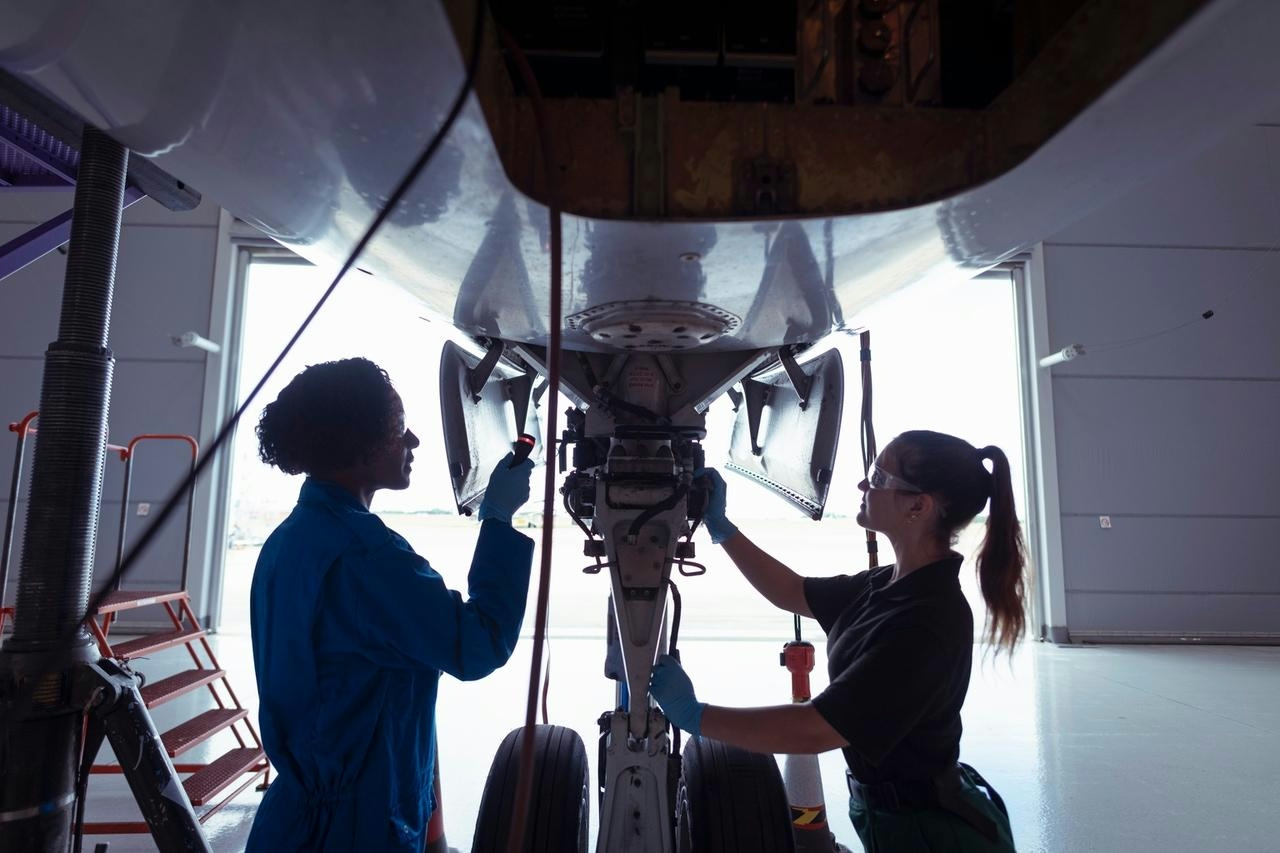
AeroGenie – Ihr intelligenter Copilot.
Trends
Categories
Why Trijets Are No Longer Produced

The Decline of Trijets in Commercial Aviation
Modern commercial aviation is dominated by twin-engine aircraft, known as twinjets, which have become the industry standard for most passenger flights. While large four-engine aircraft like the Boeing 747 and Airbus A380 remain in service, the once-popular trijet configuration—featuring two engines under the wings or fuselage and a third integrated into the tail—has all but disappeared. Trijets once represented a compromise between the power and range of quadjets and the efficiency of early twinjets, but advances in technology and shifting market demands have rendered them obsolete.
The Rise and Fall of the Trijet
Trijets first gained prominence during the Jet Age with models such as the Hawker Siddeley Trident and Boeing 727. These aircraft were designed to provide greater range and payload capacity than early twinjets like the Boeing 737, with the third engine supplying the additional thrust necessary for short- to medium-haul routes. However, as engine technology progressed, newer twinjets such as the Boeing 757 matched or surpassed the performance of trijets while operating with only two engines. This rendered the third engine redundant and economically unjustifiable, leading to the gradual retirement of short-haul trijets.
On long-haul routes, trijets like the McDonnell Douglas DC-10 and Lockheed L-1011 initially outperformed early twinjets such as the Airbus A300 by offering greater range and payload, while being more economical than four-engine aircraft like the Boeing 747. For instance, the Airbus A300B4-200, with two engines, had a range of approximately 2,900 nautical miles and a maximum takeoff weight (MTOW) of 165 tonnes. In contrast, the DC-10-30 and L-1011-500 trijets boasted ranges exceeding 5,200 nautical miles and MTOWs above 230 tonnes, while the four-engine Boeing 747-200B offered a range of nearly 6,900 nautical miles with a MTOW of 378 tonnes.
Despite these initial advantages, the 1990s saw the emergence of advanced twinjets such as the Boeing 777 and Airbus A330, which delivered comparable or superior range and payload capabilities with only two engines. These aircraft offered significant reductions in fuel consumption, maintenance requirements, and overall operating costs. Consequently, airlines rapidly adopted these more efficient twinjets, hastening the obsolescence of trijets.
Technological and Economic Drivers Behind the Shift
The pivotal factor in the decline of trijets was the revolution in jet engine technology. Newer engines became markedly more powerful and reliable, enabling twin-engine aircraft to safely and efficiently operate long-haul flights that previously necessitated three or four engines. This advancement expanded manufacturers’ and airlines’ options, allowing them to prioritize operational efficiency and cost-effectiveness without compromising performance.
In addition to technological progress, economic considerations played a decisive role. Twinjets from Boeing and Airbus offered airlines similar range and payload capabilities at lower acquisition costs and with superior fuel efficiency. The higher purchase price and operational expenses associated with trijets, combined with an industry-wide emphasis on cost reduction, diminished their appeal. As a result, trijets were progressively phased out of passenger service and now persist primarily in specialized cargo operations.
The disappearance of trijets reflects a broader trend toward more efficient and capable twin-engine aircraft, driven by advances in engine technology and evolving market priorities. While the trijet era was marked by innovation and adaptation, it has ultimately given way to a new paradigm in commercial aviation.

flydubai Signs Agreement with GE Aerospace for 60 GEnx-1B Engines
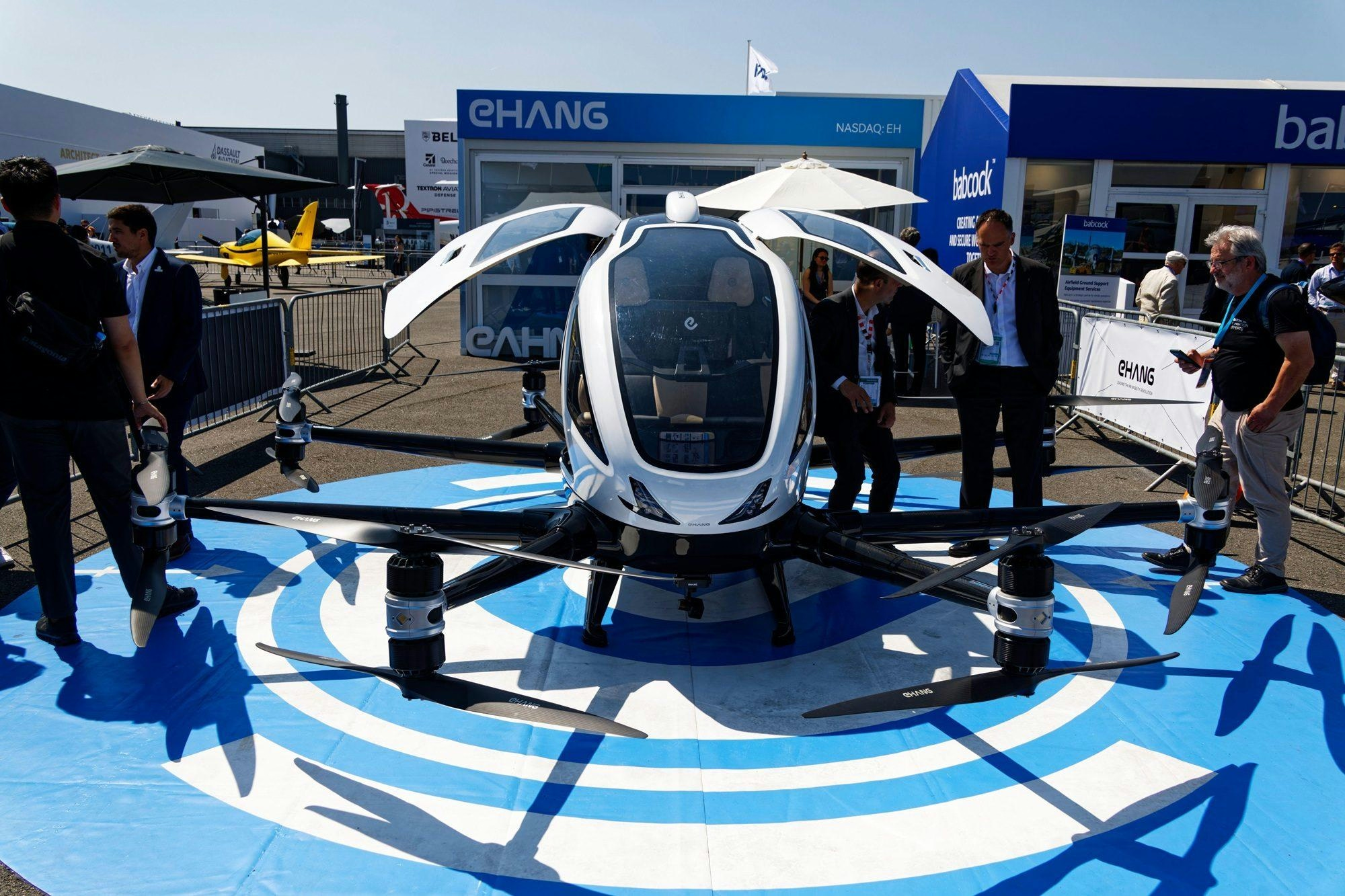
Flying taxi travel to be as easy as ordering an Uber, Dubai Airshow exhibitors say

Inside Zipline’s Approach to Drone Safety Testing

Joby Aviation Debuts Air Taxi at Dubai Airshow
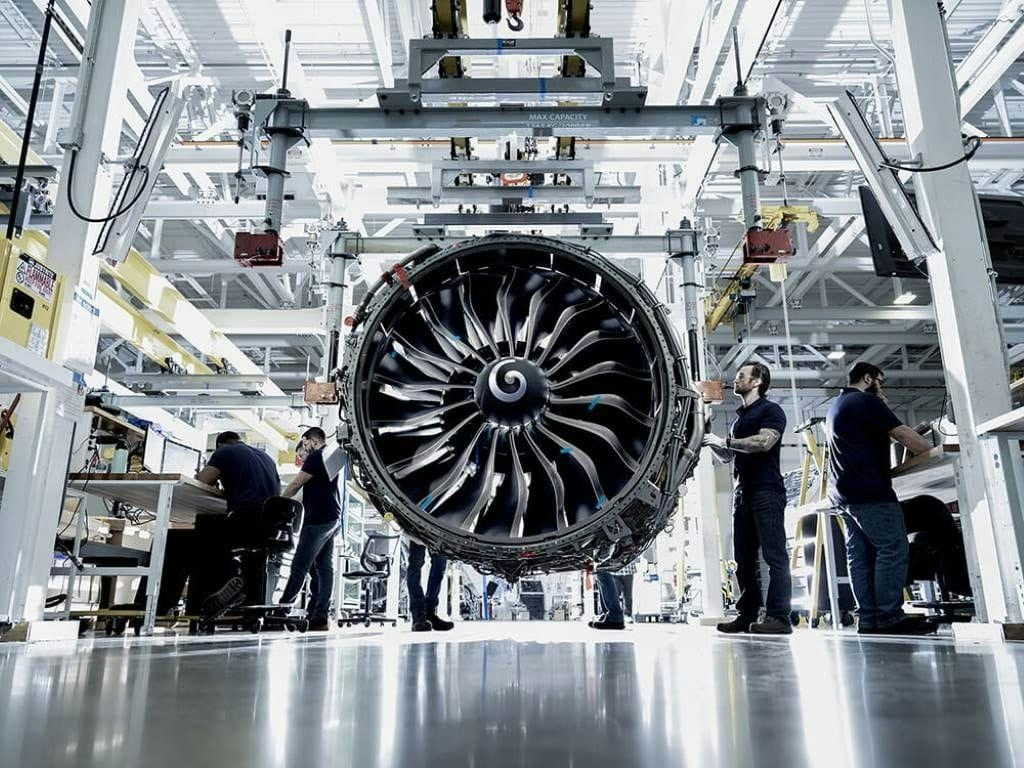
CFM International Advances LEAP Engine Development
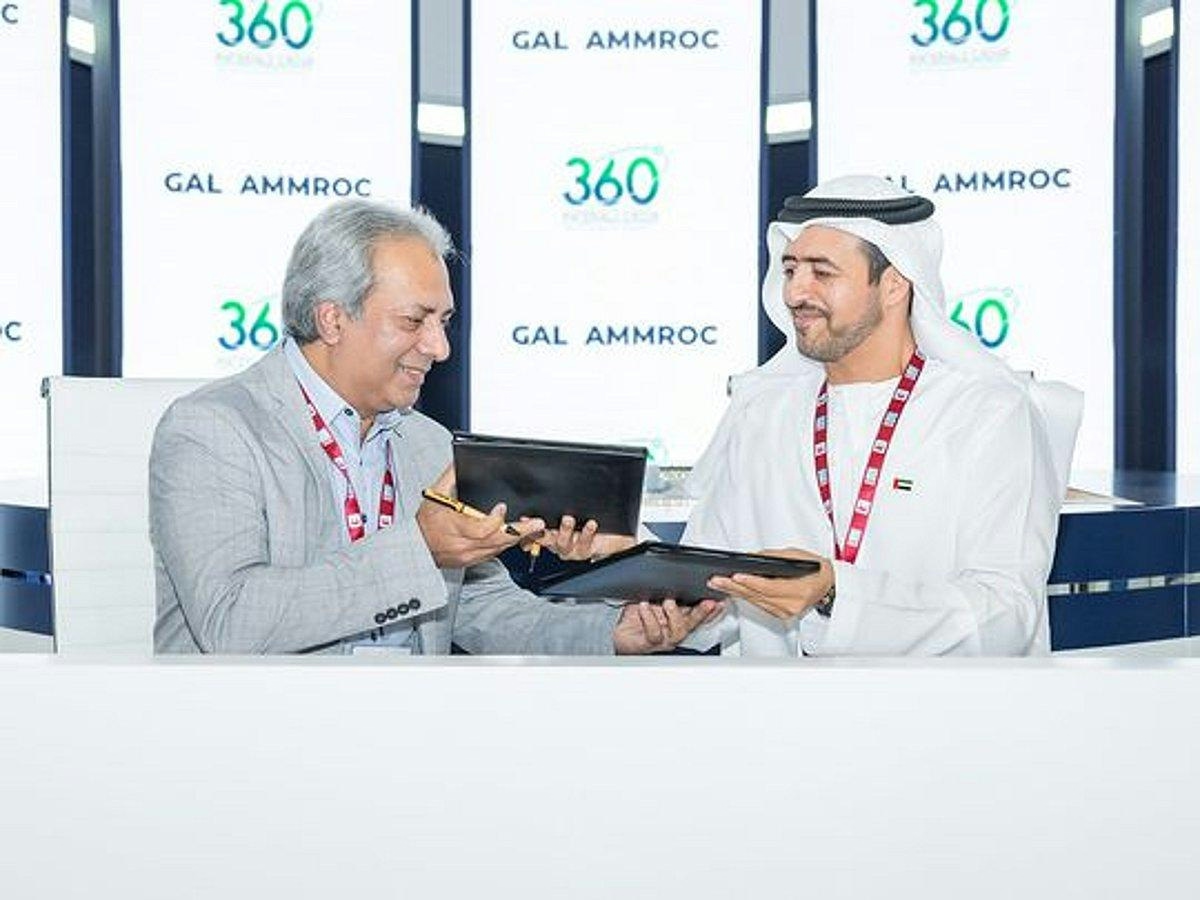
AMMROC and Boeing Sign Memorandum of Understanding for Collaboration
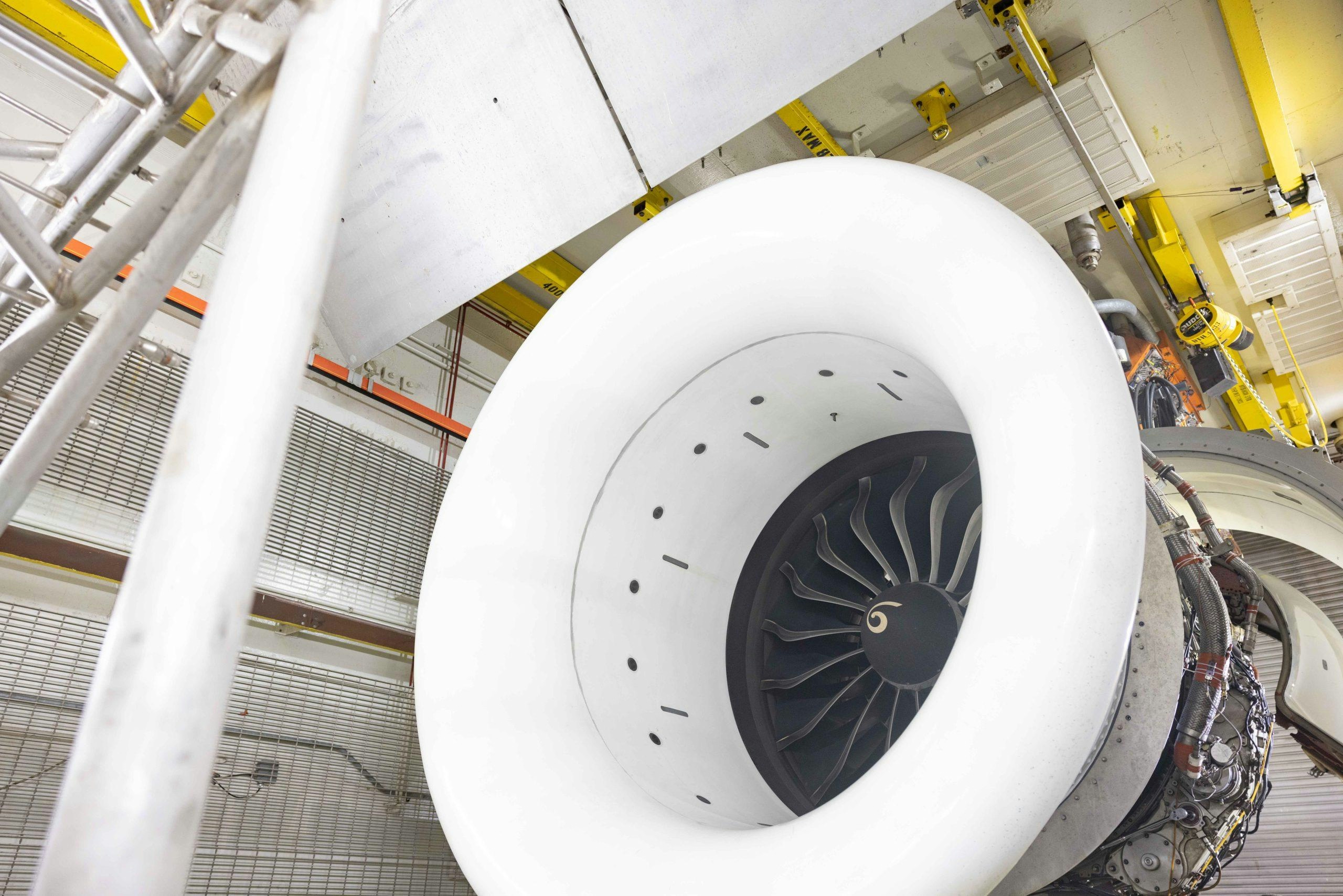
Avolon Orders 100 LEAP-1A Engines for Airbus A320neo Fleet

Joby announces three new vertiports for Dubai network
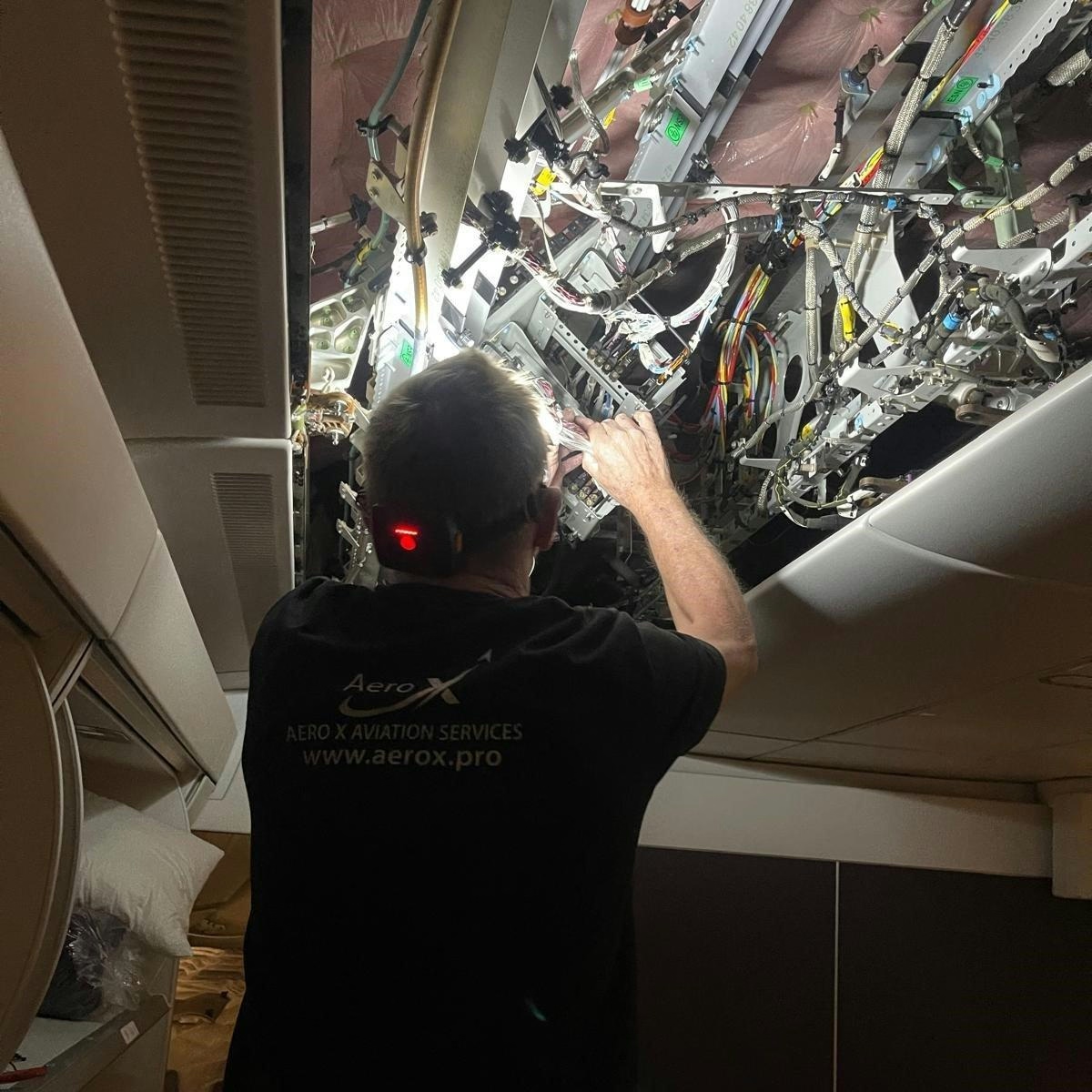
Vallair and AeroX Form Partnership for Rapid Starlink Installations
